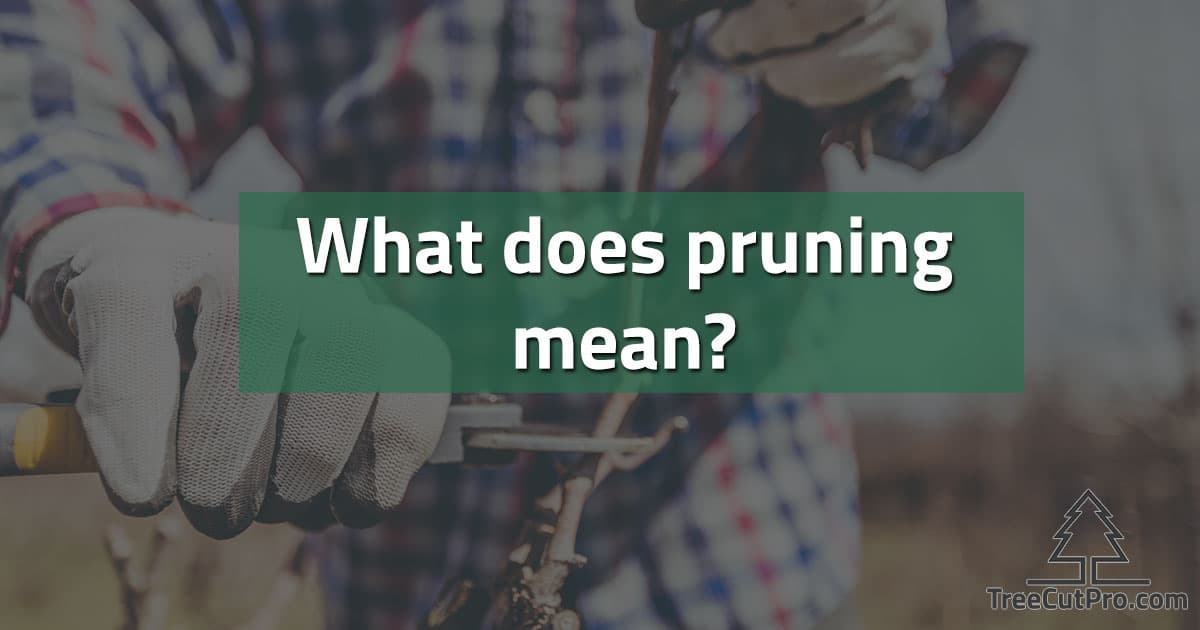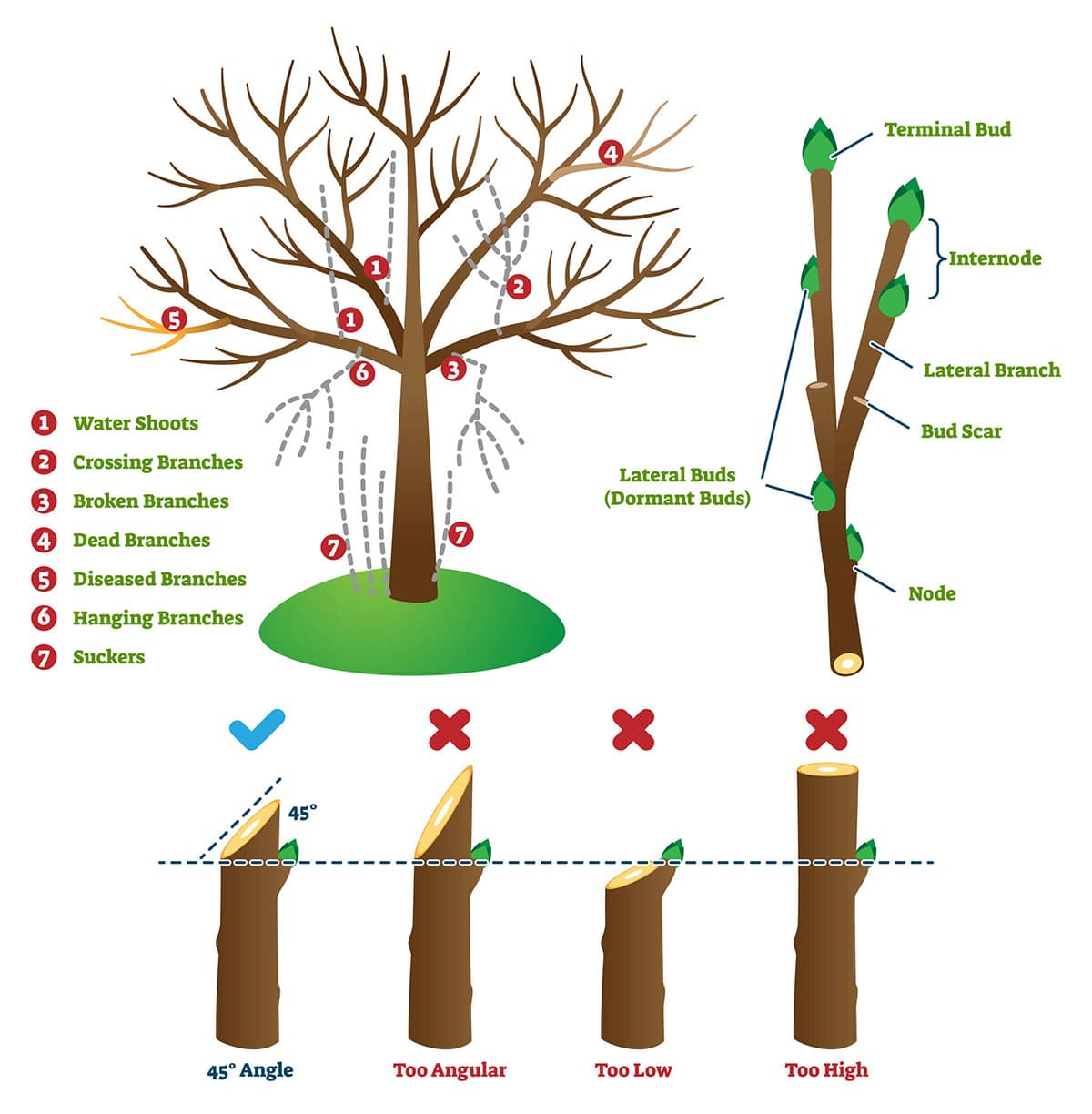What is pruning? Meaning, importance, methods and process of pruning

It is almost impossible to grow healthy trees without pruning. The importance of pruning to plants health cannot be overemphasized. If you own a garden or any other form of plant cultivation with so many trees, then this a topic you have to pay close attention to.
Perhaps, you have heard a thing or two about pruning, it is still important that you get your facts right, otherwise, your pruning could be counterproductive. In other words, instead of growing healthy trees, you could be growing a very weak tree.
Not to worry, we have got you covered. In this post, you would be learning all you need to know about pruning, its importance, types as well its process. Without further ado, let’s get into it.
Definition of pruning
Pruning is simply defined as the process of removing overgrown and dead branches from a tree. And like we said earlier, the main reason is to improve the plant’s health. In improving the plant’s health, you would also be improving the overall structure. This definition is so basic, yet it gives you a panoramic view of all there is to pruning.
The definition of pruning should have informed you a bit about some of the importance of pruning, however, there’s is still more to say.
Purpose and importance of pruning
Yes! Pruning keeps trees healthy and strong, but did you know that it also prevents property damage. Without pruning, a weakened tree branch could suddenly take a freefall down to earth on your roof or probably your car. And let’s not even talk about it falling on a friendly neighbor or a passerby. You can imagine what that would feel like.
Apart from that, with pruning, you are able to deter any form of animal or pest infestation that could arise from dead and overgrown branches. Now, this should give you a clearer picture as to why pruning is so important for plant health.
Ultimately, with the right pruning methods, it becomes easy for you to create that aesthetic layout or design you have for your landscape. At the end of the day, pruning your trees regularly would help you maintain a beautiful and evergreen landscape.
Types and methods of pruning
Crown Lifting
In the crown lifting pruning method, the main goal is to remove the lower branches of a tree. Most times, this type of pruning is adopted to create space under a tree for pedestrians or cars to pass safely. The technique is common in areas with so many trees on the street. To avoid over-pruning, the branches are usually lifted to just above a third of the tree’s height.
Crown Thinning
This is not as tedious as crown lifting, and here the main focus isn’t the lower branches, rather the main focus is smaller branches. Branches smaller in diameter are removed to increase light penetration and air circulation into the crown of the tree. In crown thinning, it is important you don’t over-prune, otherwise, you could alter the overall structure and size of the tree.
Crown Reduction
In crown reduction, the major concern is the width of the tree. This technique is usually employed when the crown is overspreading across what is desirable. So, to reverse the overspreading, some branches are selectively cut into smaller sizes. With this, the shape of the tree is maintained, however, the branches are now shorter.
Crown reduction usually causes large wounds and decay at the end of the branch, therefore, the pruning should be as minimal as possible and should only be done when necessary.
Crown Cleaning
It is very important to cut out dead and diseased branches from a tree and this is exactly what crown cleaning entails. Asides dead and diseased branches, crown cleaning is also aimed at reducing overcrowding on a tree. Ultimately, crown cleaning is so important because when you cut out dead and diseased branches, you are inevitably making room for healthier one grow out.
Pruning process
Since pruning is just about cutting out branches from a tree, then there isn’t so much to say about the cutting process, however, there a few key things to note.

First things first, keep it in mind that every cut would inflict a wound on the remaining end of the branch, so, it is important for you to cut straight at an angle. As a general rule, a branch should only be cut at its point of attachment or shortened to a lateral branch that has one-third of the diameter of the branch being removed. That way, the tree’s natural form is preserved.
Lastly and as an extra bonus tip, it is important to disinfect the blade used to cut a diseased plant after use in order to avoid the risk of spreading the infection to other healthy branches.



